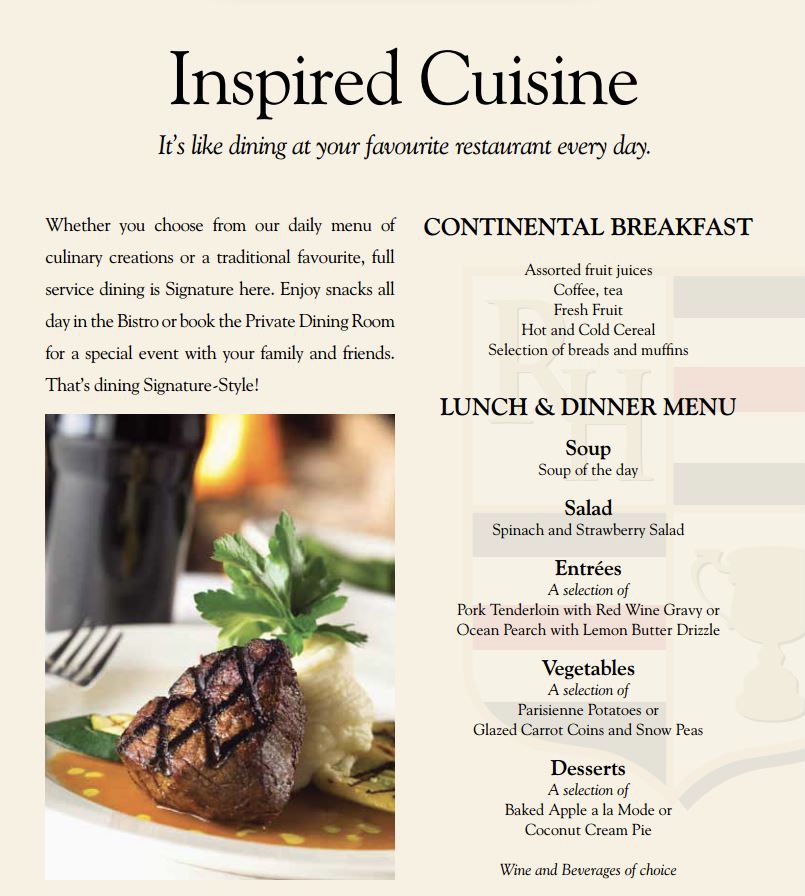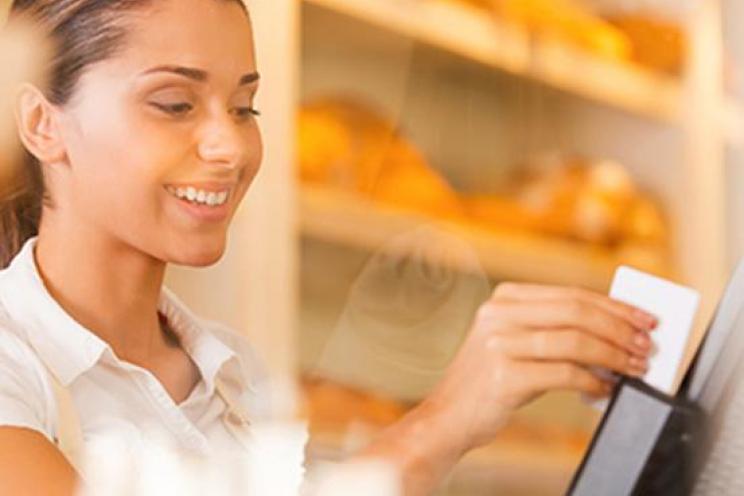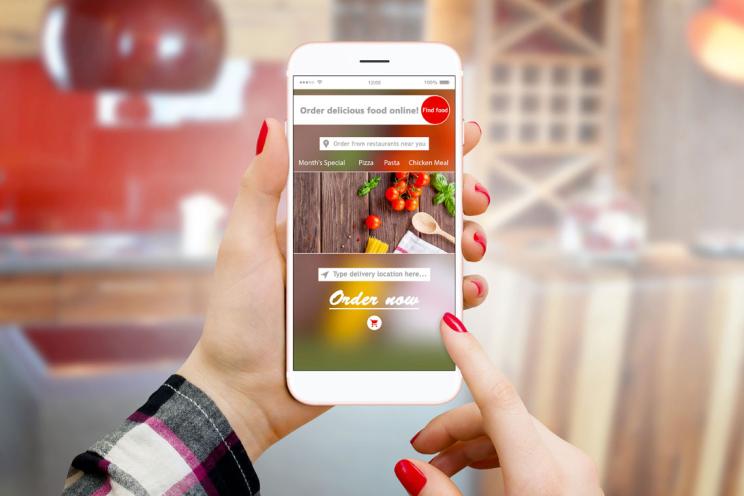
How to price menu items and maximize your profits?
You are running your business for profits.
It’s plain and simple.
Nobody bothers to open a business regardless of the nature of this business if it’s not going to generate profits.
Restaurants are no different. And let me tell you something, it’s impossible to make a profit without a proper pricing strategy.
It all begins with menu pricing that is the solo resource of your sales and hence your income that funds all your expenses and utilities.
When we say prices,we definitely need to focus on numbers.
But you cannot only set your prices based on just numbers. Many factors impact your pricing like your customer service, location, competition…
You might serve your customers distinguishably in a way that allows you to charge them extra money on your dishes.
How to price your menu?
Let’s start with the numbers.
Price your menu based on your ideal food cost percentage
Your food cost percentage is the part of sales that is spent on food. The ideal food cost percentage usually falls within the range of 25% to 35% for most restaurants.
How to calculate your ideal food cost percentage:
Ideal food cost percentage = (total cost per dish / total sales per dish)
Let’s assume the following costs:
Labor costs = $15,000
Monthly expenses= $10,000
Profit goal = $10,000
Total sales = $50,000
Then, your ideal food cost percentage is:
100 – ( ($15,000 + $10,000 + $10,000) / $50,000) )
100 – (0.7 x 100) = 30%.
Now, after determining the ideal food cost percentage, you have to determine the cost of your plate that includes all ingredients used in this plate.
If we are talking about a chicken sandwich, we have to include all its ingredients such as chicken, bun, sauce, lettuce,…
Let’s assume the plate cost of the sandwich is $2.5, then you should divide the plate cost by the ideal food cost percentage to get the targeted menu price of the sandwich.
Targeted menu price = 2.5 / 30% = $8.33 or $8.5 if you want to round it up).
Price your menu based on your gross profit margin
To calculate the gross profit margin for a certain dish, use this formula:
Gross profit margin= (selling price - cost of goods sold) / selling price.
So if you set your gross profit margin to be 70% and the cost for a certain dish is $2.5 then you should be able to price your dish following the above formula.
70% = (selling price - 5) / selling price
So your selling price should be around $17 after solving the selling price if you want to reach the 70% gross profit margin.
These are two different methods of setting the prices for your menu items.
Is it everything you should look at though?
Of course not.
How to reach a profitable menu pricing strategy?
Consider your competition
You have 3 options:
- Price your items the same as your competitor’s especially if you’re mainly competing based on your unique brand.
- Price them lower than your competitors if you’re attracting cost sensitive customers.
- Price them higher than your competitors if you truly differentiate your dishes, service and overall experience or if you’re attracting higher end customers.
Consider demand
If the demand is high then you can charge extra. Simply said and done.
If you have attractive food options that bring you many customers then it’s easier for you to price your items reasonably higher.
The food might not be the only motive for your customers. Maybe it’s the ambience or the music that increases your footfall.
Follow market trends
The food market is changing incredibly fast. New trends are emerging while others are kept off the market.
Make sure you always try these trends and keep up with the new trends and flavors that customers are seeing over the internet and probably longing to try.
You’ll be able to charge extra money on these popular trends to make extra profit on them.
Use the menu engineering feature in the POS
Menu engineering is the study of profitability and popularity of the menu items in the purpose of maximizing profit and it impacts the placement of different menu items.
You can find more information on menu engineering in this blog.
Successful menu engineering increases profits from 10% to 15%
Arrange menu items according to their popularity and profitability using the POS feature that saves you the time consuming task and studies your customers by generating reports and building a menu that meets your goals.
Seek a balanced menu
Your prices must be balanced meaning that you cannot have a huge gap among different items.
Indeed, a steak will not cost as low as a Halloumi sandwich but there has to be a certain balance in a way that doesn’t devalue your business model by attributing cheap prices to certain dishes while charging way more for premium ones.
Seek this balance by charging customers for the add-ons.
You cannot price your menu randomly or just base it on competition or even demand. You have to look at your costs and margin along other factors to determine the suitable prices for your food.





